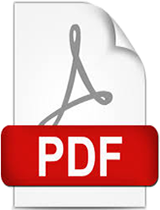Attachments [ 0 ]
More Details
In the late 1970s, James Goodyear offered 'a new perspective' on the history of yellow fever in the Caribbean and coastal United States. He argued that sugar processing, shipping, and refining created favourable ecological conditions for yellow fever's vector mosquito - Aedes aegypti - by providing ready sugar for sustenance and plentiful breeding sites. Across 10 examples, Goodyear noted 'an apparent connection in time and place' between yellow fever 'and the presence of sugarcane cultivation, milling, refining, or shipping'. A handful of historians have mentioned or marshalled Goodyear's sugar connection. It appears no one has tested the argument. Nor has it been integrated into the literature on other viruses transmitted by Aedes aegypti - like dengue. This essay uses an occurrence of dengue in another sugar region to test Goodyear's thesis. Did the sugar business impact the sprawling dengue epidemic that gripped Durban and the Natal coast in 1926-1927? This question is explored...

Comments
(Leave your comments here about this item.)